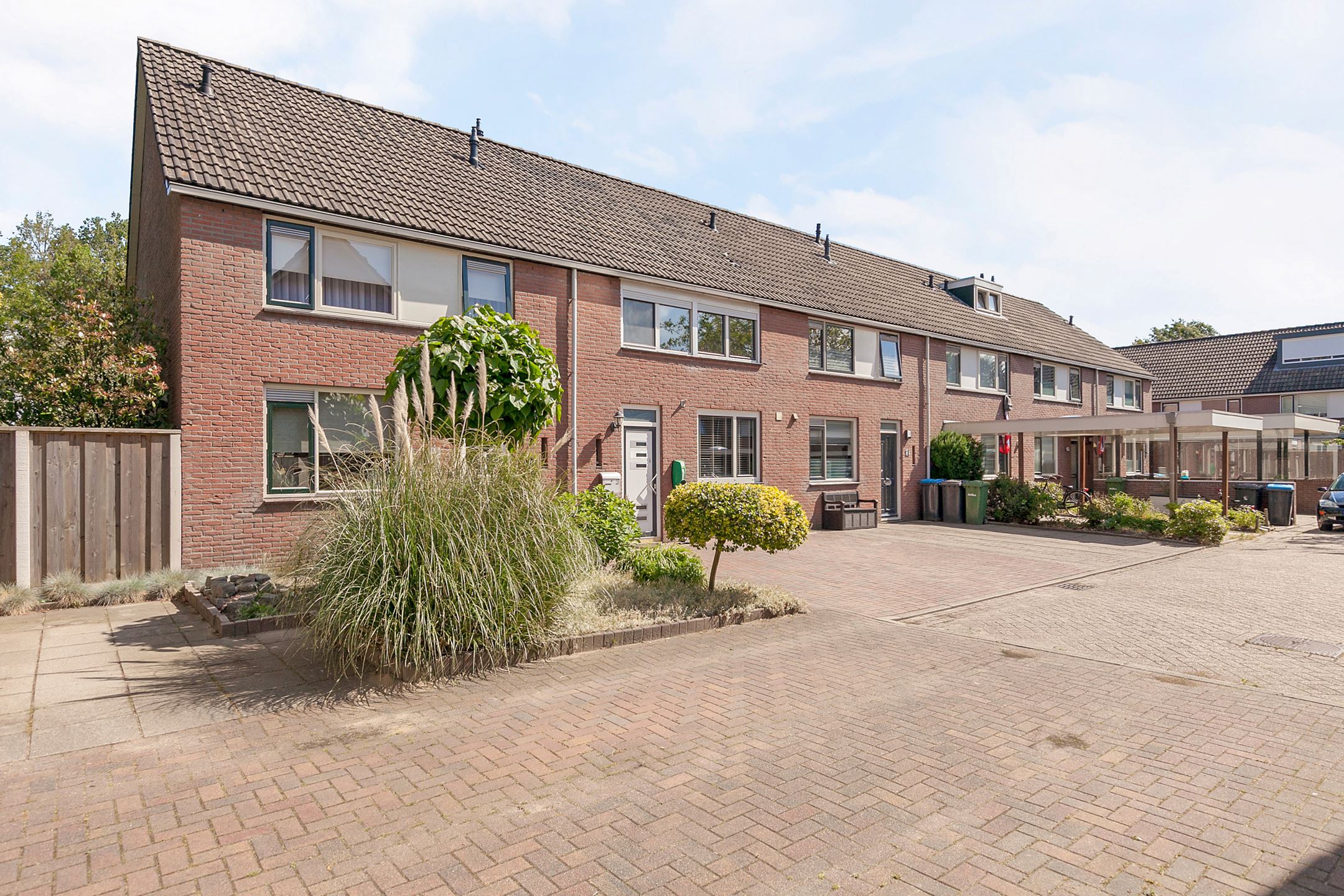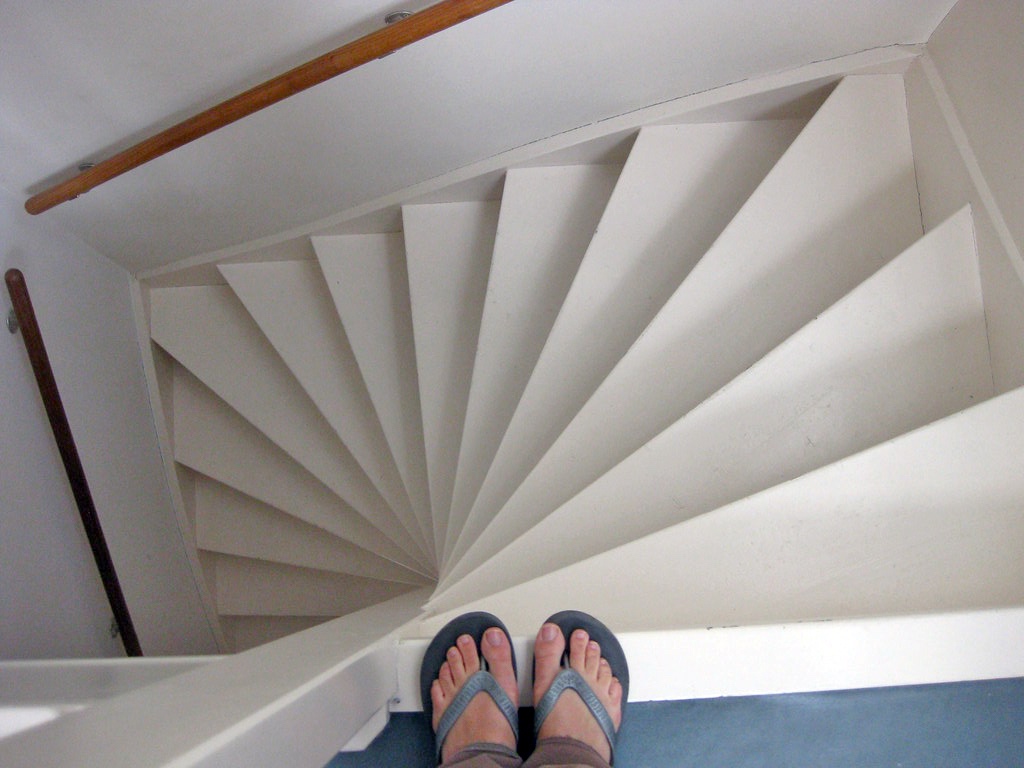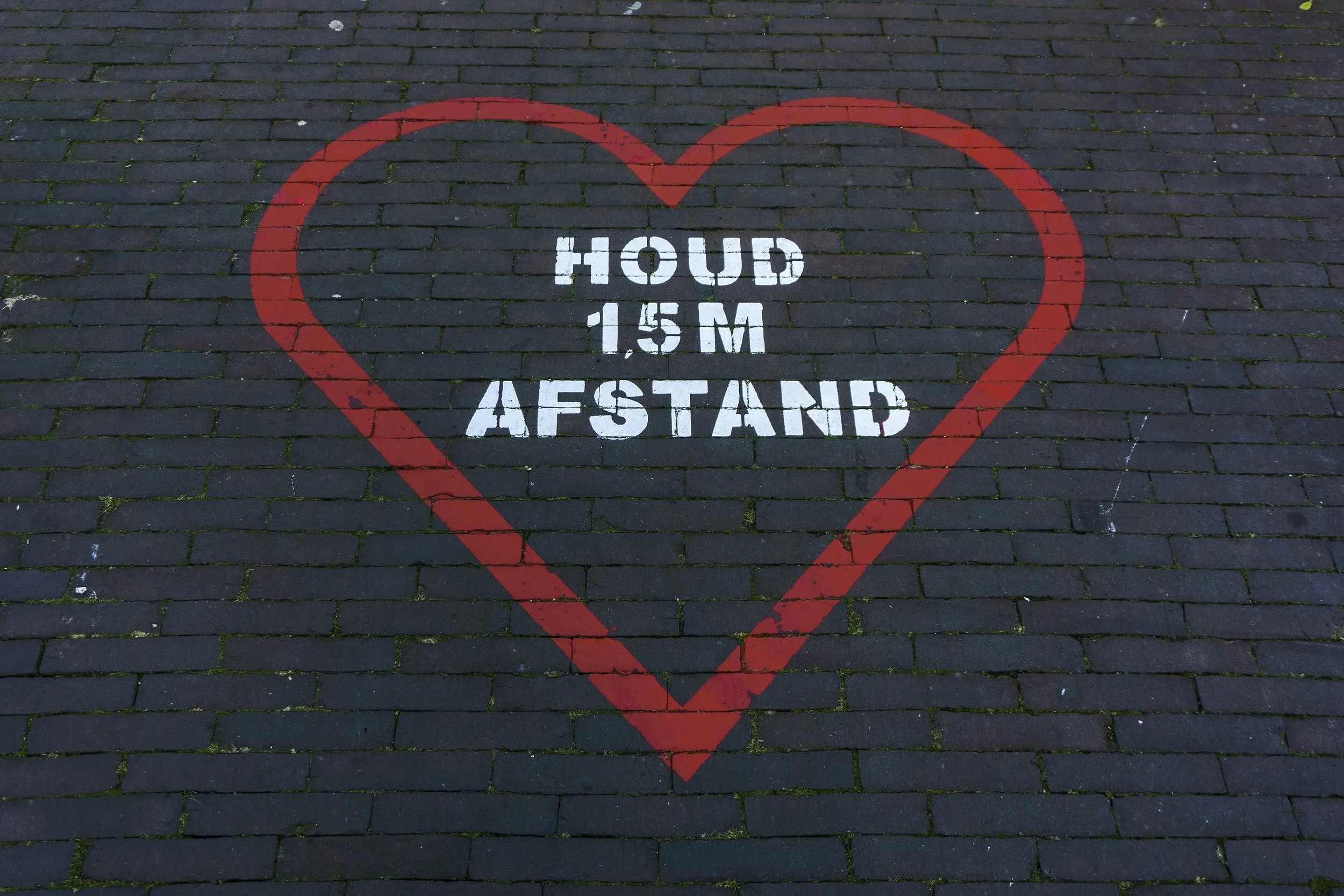Expat Chronicles: how Dutch Houses are Different
We knew it would be different. We knew they would be smaller, with petite back yards called “gardens” and neighbors close at hand. Coming from the United States to The Netherlands, we expected to make compromises as we searched for a new home. But we didn’t know the half of it. Dutch houses are different!*
Townhouses
In Europe’s most densely populated country, space is always at a premium. Thus, stand-alone houses are rather rare. For most Dutch people, a townhouse is the standard. These residences are built in a continuous block so that the houses share outer walls. A pair of houses might be called townhouses. Longer blocks are row houses.
a Dutch row house
Townhouses aren’t the norm in American suburbs, the places Brandon and I grew up and raised our family. Many Americans value the privacy that distance creates and hate to hear neighbors through thin walls.
In The Netherlands houses built from the mid 20th century are typically made of concrete. Rather than wood-framing, they have concrete floors and outer walls. This makes a huge difference for privacy as concrete creates a sound barrier. We’ve never heard neighbors through the walls of our townhouse rental in The Netherlands. We’re even hoping we won’t hear the longarm working in our future attic because of the concrete floors!
Stairs
Speaking of townhouses, all the houses have multiple floors. Period. Building up only makes sense! Every house we’ve viewed has had three stories: the ground floor, first floor and attic. In contrast, single level homes are common in the United States. Our South Carolina farmhouse was one level.
But here’s the surprise - the stairs are soooo steep and narrow! Oh my gosh the stairs took me by surprise. The first home we viewed had standard spiral staircases with small steps. I told Brandon we couldn’t buy that home, just based on the danger of the staircase for Elora. Little did I know that any home not built recently was very likely to be the same.
Steep steps are one thing. Narrow steps are also tricky. Add a spiral to steep, narrow steps and you create a free-fall zone near the center of the stairway. I really don’t know when Elora will be ready to tackle the stairs on her own. Alas, space-saving Dutch stairs are in our future.
Standard Blueprint
Homes in the United States have so much variety. It’s not unusual to view 10+ homes in one day with your realtor, in search of the layout that suits your family. The master bedroom could be downstairs or upstairs. You could have a laundry room on any floor. Is there a separate dining room or a mud room? And on and on.
Not so in The Netherlands. They seem to have agreed on the most space-saving, efficient layout and are happy to stick to it. Maybe that’s why the Dutch don’t seem to need to look at as many houses before making an offer.
Almost without variance, the houses in our price range are as follows:
Ground Floor - tight entry space with door to guest toilet. Stairway accessible from entry.
this is a spacious Dutch entry + typical guest toilet
Proceed to the open plan kitchen, dining and living spaces.
First Floor - 3 bedrooms and a full bathroom. One bedroom is big, for the master. One bedroom is usually so small that it’s often used as a closet!
Second Floor - the washer/dryer is typically installed in the landing of the attic. The rest of the area may be open or divided into 1-2 living spaces. If you’re lucky, they’ve installed dormer windows to make it bright and airy.
“let op” for the Kitchen!
“Let op” means watch out, and it’s on lots of Dutch signs. I think they should tell Americans to “let op” for the kitchen when they’re shopping for a home. Sure, many Dutch kitchens are pleasantly updated with sleek, modern lines. But, look closer - is everything as you expect?
First of all, is there an oven? Really, there could be no oven. Ask Svetlana and I, who are both currently living in rentals without an oven. Who would have thought? And no, a microwave oven is not the same as an oven, my Dutch friends.
notice the lack of oven under the stove?
Next, how small is that oven? One house we loved had such a small oven that Brandon said I’d only be able to bake 6 cookies at a time, haha! I accidentally left behind all of my baking sheets and pizza pans in South Carolina. No matter - I’m definitely going to need to buy new ones to fit my petite Dutch oven.
What about the fridge? It’s going to be smaller than an American fridge, that’s a given. Do take a look though, as fridge size varies a lot from house to house. They are built into the cabinets, so you can’t really get a bigger one. Also, the kitchen may or may not include a freezer. Our future home doesn’t. The seller kept a freezer in the closet under the stairs…
Sponsor of the Week
Winter Creek Cloth
I’m loving Sarah Golden’s new quilting weight collection for Andover fabrics. Winter Creek stocks the complete Home collection, available in fat eights, fat quarters and yardage. Plus, very cool quilt kits!
While you’re at it, check that your kitchen includes drawers, if you like those. And, also, is the sink too small to wash pots and pans? Kitchen sinks are typically single, not double and can be rather sadly shallow.
I’m not someone who loves to cook, so the kitchen wasn’t high on my priority list when we started shopping. Very quickly I learned that it could make or break my reaction to a Dutch house. A decent-sized oven is necessary! I do like to bake.
Bathroom Shenanigans
Here they call bathrooms “toilets” and I can see why. After all, there’s probably not an actual bath in there, right? It wasn’t until we started viewing houses that we realized how different Dutch bathrooms can be!
Those cute little guest bath sinks - they likely only serve cold water. Just accept that.
If your guest bath is near the kitchen, there might not be a sink. As the realtor told us, “Why would you need it? The kitchen sink is so close.”
the bathroom without a sink
Of average American height? Well, you can probably see the mirrors. They’re hung rather high!
Impressed by a large, spacious ground floor bathroom, complete with tub and/or shower? Don’t get too excited. I’m betting that there is NO bathroom at all on the first floor with the bedrooms!
The full bathroom may not have a bath, but just a shower. Honestly, I can’t figure out if that’s a good or bad thing. When you ditch the bath, you typically get more storage space in the bathroom, which is probably more useful.
I’ve even seen a house that had a shower and sink in the “bathroom” adjacent to the bedrooms, but you had to go downstairs to the ground floor to use the toilet. Tricky.
And More
Well, I think I could go on and on, but you get the idea. It’s a far cry from “no laundry room”. Making the mental transition from an American home to a Dutch home means dropping certain assumptions about what’s normal and being open minded about what you could get used to in the name of conserving space.
I have a feeling we’re going to continue to be surprised. For example, I’ve mapped out the attic of our new home for my future sewing studio. There is a spot for the washer/dryer up there, but I didn’t leave any space for an indoor drying rack. The Dutch seem to dry their laundry indoors most of the time. I don’t see how we can spare any space for it. Oh well, I’m just glad we are finally under contract to buy a home. If all goes smoothly, we should move in on August 30th.
our house has an oven!
Homes the world over come in so many shapes and sizes. What makes it “home” is your people and the care you take to make it cozy. I’m sure we will come to love our new home in The Netherlands. Someday when we visit the States, it will be those houses that feel eccentric. I am grateful for the chance to experience life as a family in a new culture, especially if it means that we all learn that living smaller doesn’t mean living less.
*These observations may well apply to homes throughout Europe. Also, I’m sure housing norms vary across The Netherlands. I’m contrasting my experience in Enschede, The Netherlands with homes in California and South Carolina, to be precise. Enschede is a mid-sized Dutch city on the eastern German border.






























